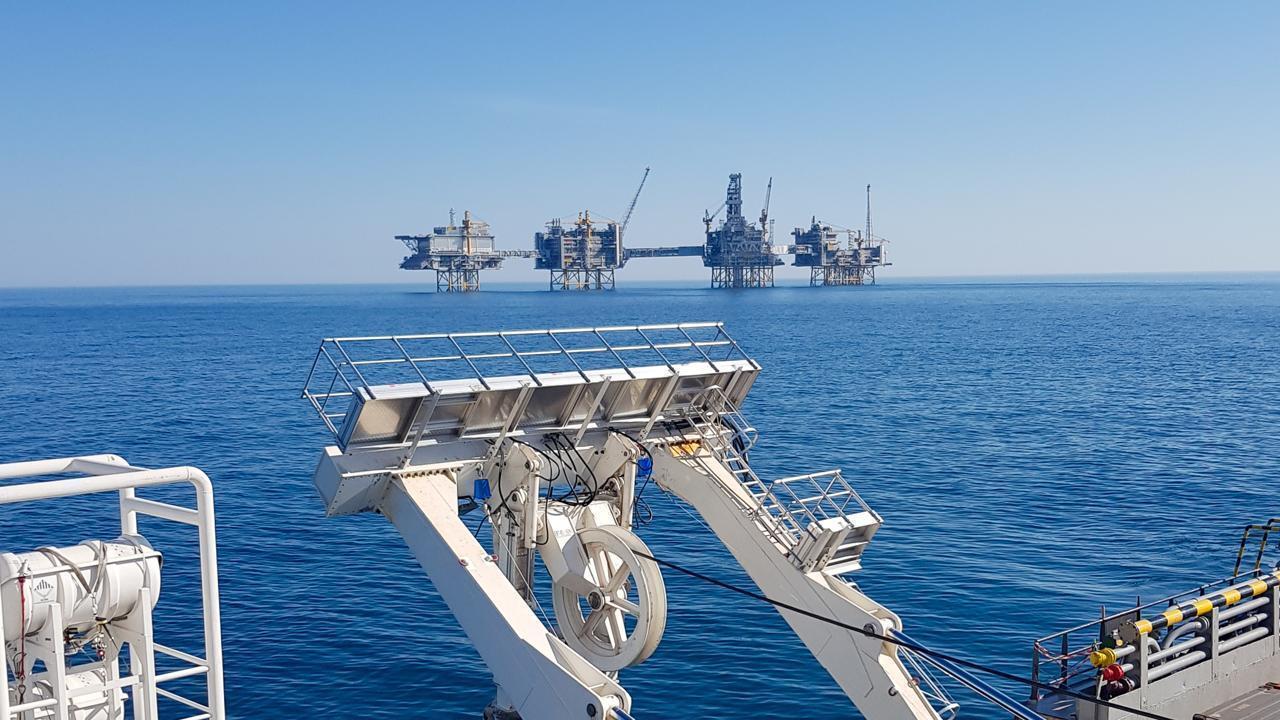
Post by : Amit
Norway at the Heart of Subsea Innovation
In a major development for the global maritime and offshore energy industries, French cabling giant Nexans has announced the expansion of its subsea cable connector production line in Halden, Norway. The facility, already a central hub for the company’s subsea technologies, will now serve as the cornerstone of its strategy to meet growing international demand for high-voltage interconnectors and wet-mateable cable connectors.
This expansion is more than just a capacity increase; it reflects the accelerating momentum of offshore wind projects, subsea electrification, and digitalization in maritime operations. With global shipping and energy sectors undergoing rapid transitions, reliable subsea connectors are becoming indispensable.
Rising Demand from Offshore Wind and Electrification
The offshore wind industry has seen extraordinary growth over the past decade, particularly in Europe. Nations bordering the North Sea, including Norway, the UK, Denmark, and Germany, are scaling up renewable capacity with large floating and fixed wind farms. These developments require not only powerful subsea cables to transmit energy back to shore, but also robust, field-serviceable connectors to reduce downtime and maintenance costs.
Traditional cable systems often require full retrieval and reinstallation for maintenance, a process that is both costly and risky in deep waters. Nexans’ investment in wet-mateable connectors—which allow technicians or remotely operated vehicles (ROVs) to connect and disconnect cables underwater without raising them to the surface—represents a breakthrough in operational efficiency.
The same logic applies to maritime electrification projects, where hybrid and fully electric vessels, offshore rigs, and naval systems increasingly rely on high-capacity power connectors to integrate new propulsion technologies. By expanding production in Norway, Nexans is positioning itself at the nexus of two booming markets: renewables and maritime decarbonization.
Halden: A Strategic Production Hub
Nexans’ Halden facility has long been recognized as a leading center of excellence for subsea technologies. With the expansion, it will now house state-of-the-art manufacturing lines, testing facilities, and quality assurance labs dedicated to high-voltage and wet-mateable connectors.
The Norwegian location is not accidental. The North Sea remains one of the busiest and most innovative testbeds for offshore energy infrastructure, and Norway’s government has been aggressive in supporting offshore wind development, electrification of oil and gas rigs, and naval modernization programs. Being based in Halden allows Nexans to serve both domestic demand and export markets across Europe and beyond.
Wet-Mateable Connectors: The Game-Changer
The technical core of Nexans’ announcement lies in its focus on wet-mateable subsea connectors. Unlike dry-mate connectors, which must be installed in controlled environments before being deployed underwater, wet-mate connectors can be mated and unmated directly in the subsea environment.
This feature delivers three advantages:
For offshore wind farm operators, this means turbines can be serviced more efficiently. For maritime vessels, it translates into smoother integration of new electrification modules. And for naval forces, it enhances resilience and speed in adapting subsea infrastructure for defense operations.
Maritime Electrification and Naval Applications
Beyond renewable energy, Nexans’ connectors are gaining traction in commercial shipping and naval projects. As shipowners face stricter emissions targets from the International Maritime Organization (IMO), electrification and hybrid propulsion systems are emerging as key solutions. These systems depend on high-integrity cable connections to deliver stable power under harsh marine conditions.
Navies around the world are also modernizing their fleets with underwater surveillance networks, autonomous vehicles, and power-hungry sensor arrays. Wet-mateable subsea connectors ensure that these systems remain operational without extended maintenance interruptions. With security concerns rising in strategic waterways, subsea resilience has become not just a technical necessity but a matter of geopolitical importance.
Offshore Wind Supply Chain Pressures
The timing of Nexans’ expansion also reflects growing supply chain bottlenecks in the offshore wind sector. The International Energy Agency (IEA) projects that offshore wind capacity will triple by 2030, but warns that shortages in critical components like subsea cables and connectors could slow deployment.
By boosting production capacity in Norway, Nexans is attempting to stay ahead of demand while reinforcing Europe’s strategic independence in energy infrastructure manufacturing. This is particularly crucial as geopolitical tensions highlight vulnerabilities in global supply chains. Europe’s offshore wind sector, already a global leader, cannot afford delays caused by component shortages.
Environmental Benefits of Subsea Connector Expansion
At first glance, subsea connectors may seem like a highly technical niche, but their role in the global decarbonization push is significant. By making offshore wind farms more reliable and cheaper to maintain, they directly contribute to lower renewable energy costs.
Similarly, in maritime shipping, more efficient electrification systems supported by advanced connectors translate into lower greenhouse gas emissions and reduced fuel consumption. In this sense, Nexans’ investment in Halden is aligned with both European Union climate goals and the Paris Agreement targets.
Global Market Outlook for Subsea Connectors
Industry analysts estimate the subsea cable and connector market to be worth over $3.5 billion by 2030, driven largely by offshore renewables, subsea oil and gas, and defense applications. Within this, wet-mateable high-voltage connectors are among the fastest-growing segments, with projected CAGR above 7%.
Companies such as TE Connectivity, Eaton, and Amphenol are also expanding their presence in the marine and offshore connector space, creating an environment of competition and innovation. Nexans, however, has the advantage of vertical integration, combining cable manufacturing with connector technology under one roof, giving it a unique position in the market.
Norway’s Role in the Future of Subsea Energy
Norway’s coastline and maritime expertise make it a natural hub for subsea technology. The country is home to some of the world’s leading test facilities for floating wind turbines, subsea robotics, and marine electrification. By anchoring its connector expansion in Halden, Nexans taps into an ecosystem that includes universities, offshore operators, and government-backed innovation clusters.
This synergy could accelerate breakthroughs not just in connectors but in integrated subsea systems, where power, communication, and control lines merge into unified, modular networks. Such networks are vital for the next generation of autonomous shipping and offshore energy platforms.
Expert Perspectives
According to Dr. Lars Eriksen, a maritime energy researcher at NTNU, “The expansion of subsea connector production in Norway is more than a business move—it’s a step towards securing Europe’s offshore energy resilience. Wet-mateable connectors reduce operational risks and unlock flexibility for floating wind and maritime electrification.”
Similarly, Elena Dubois, an industry analyst at Wood Mackenzie, notes: “As offshore wind scales up, maintenance efficiency becomes critical. Nexans’ investment in wet-mateable technologies will likely set a new benchmark for reliability and cost-effectiveness in subsea infrastructure.”
Challenges
Despite its potential, the subsea connector market faces hurdles. Manufacturing high-voltage, pressure-resistant connectors requires specialized materials, rigorous testing, and skilled labor. Scaling up production without compromising quality will be a delicate balance for Nexans.
Moreover, competition is intensifying, and project developers are under pressure to cut costs. Nexans will need to prove that its connectors not only enhance reliability but also deliver long-term savings for operators.
Finally, global demand could be impacted by macroeconomic factors such as inflation, supply chain disruptions, and shifting government energy policies. Nexans’ ability to navigate these uncertainties will determine the long-term success of its Norwegian expansion.
A Strategic Step for the Future
The decision by Nexans to expand subsea connector production in Norway is a strategic bet on the future of offshore energy and maritime electrification. By focusing on wet-mateable, high-voltage technologies, the company is addressing some of the most pressing challenges in subsea infrastructure: cost, reliability, and flexibility.
As offshore wind farms multiply, shipping fleets decarbonize, and naval systems modernize, demand for advanced connectors is set to rise sharply. With Norway providing both strategic geography and technological expertise, Nexans’ Halden facility is poised to become a critical hub in the global transition to clean energy and sustainable maritime operations.
Nexans subsea connectors
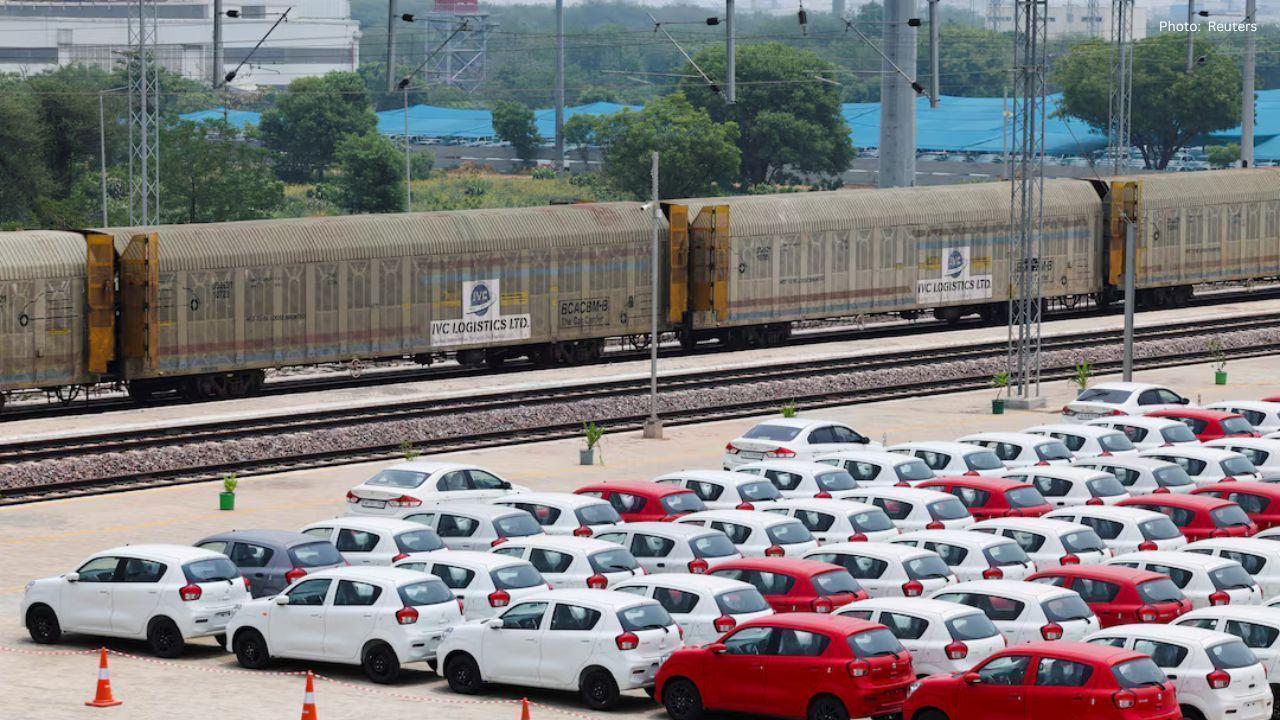
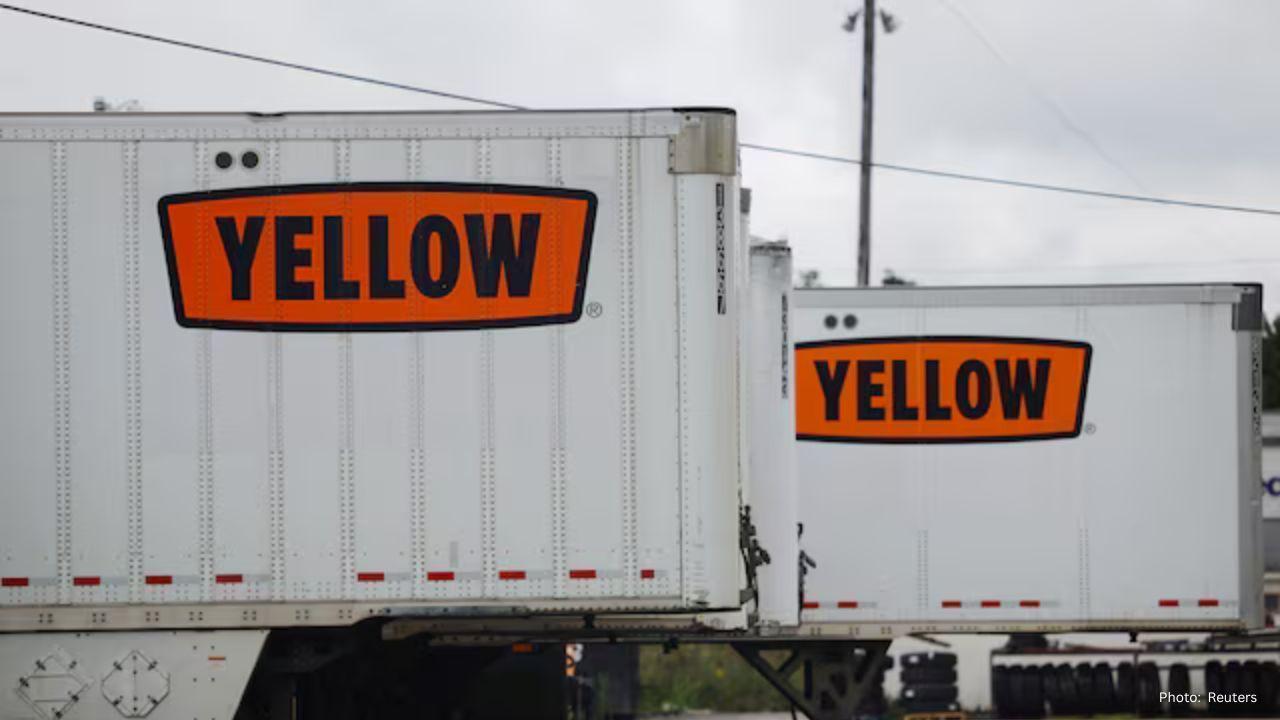

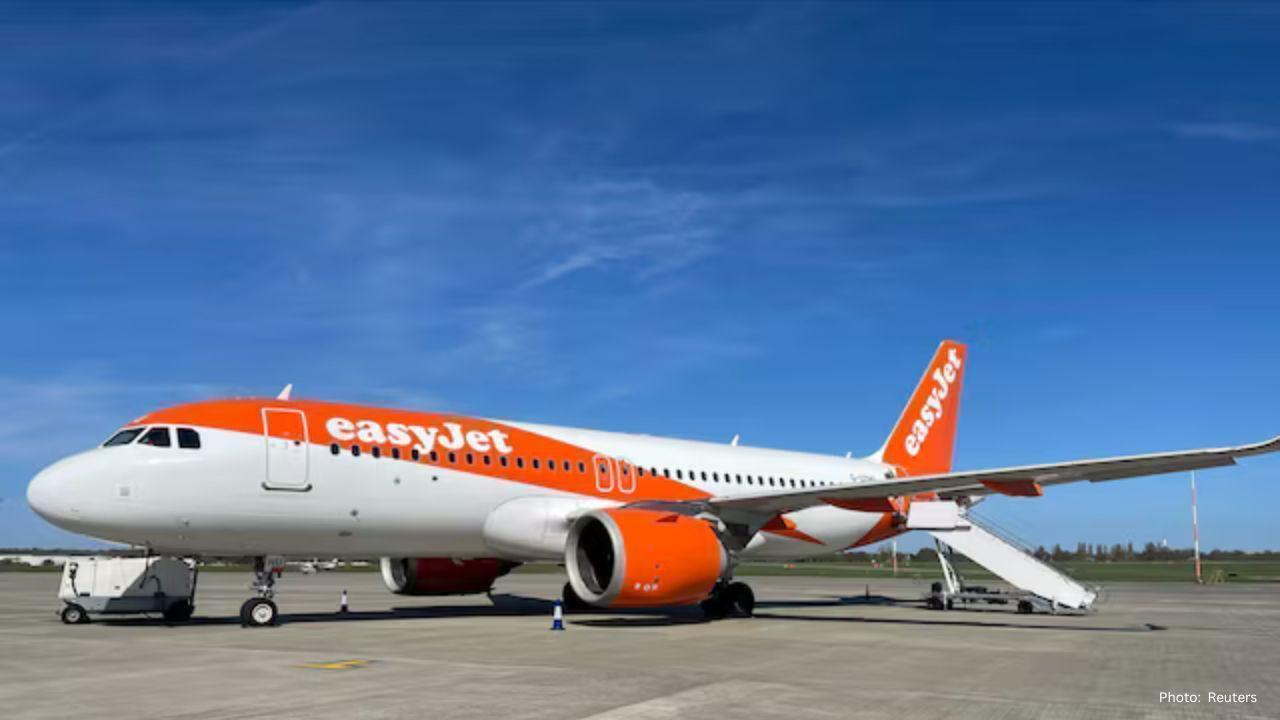



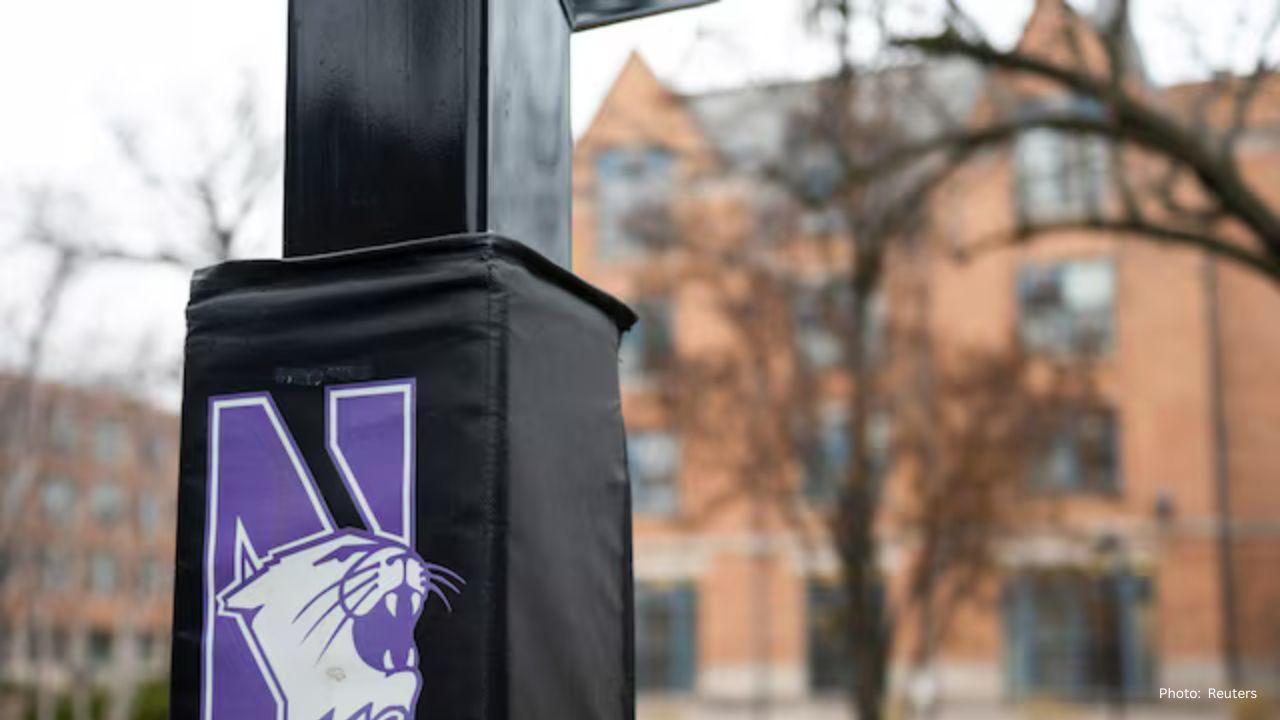
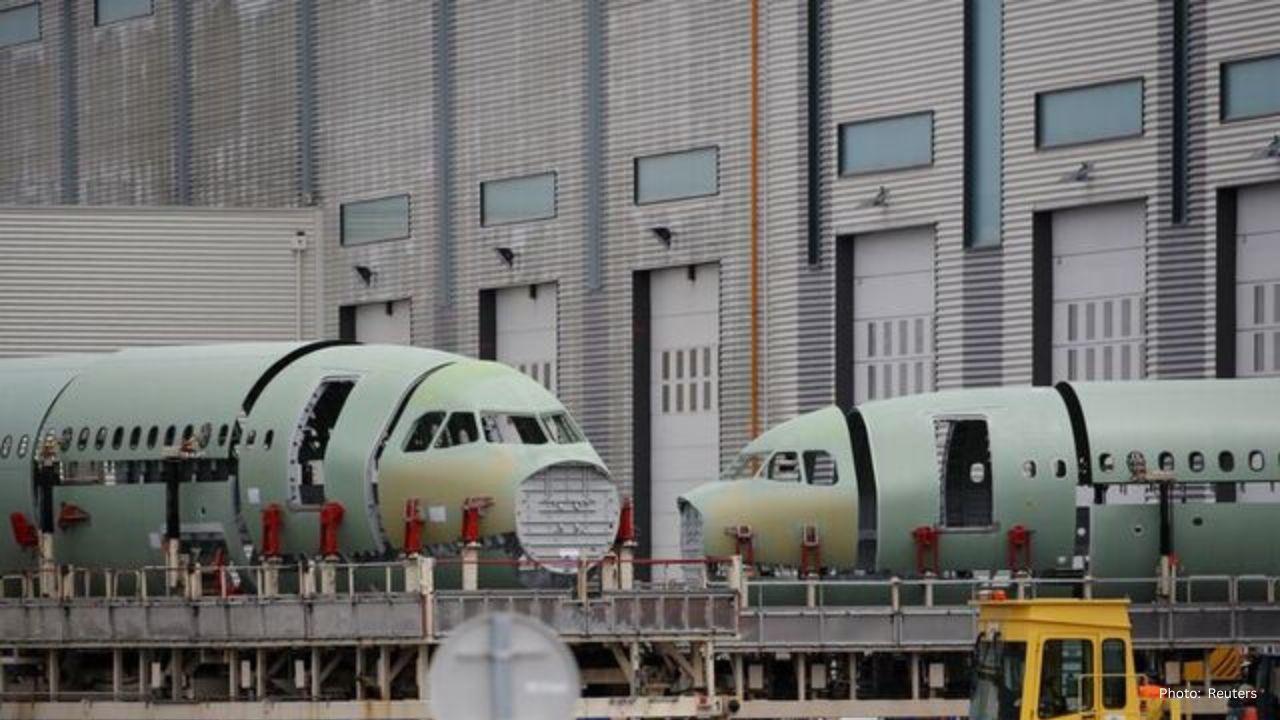

Advances in Aerospace Technology and Commercial Aviation Recovery
Insights into breakthrough aerospace technologies and commercial aviation’s recovery amid 2025 chall
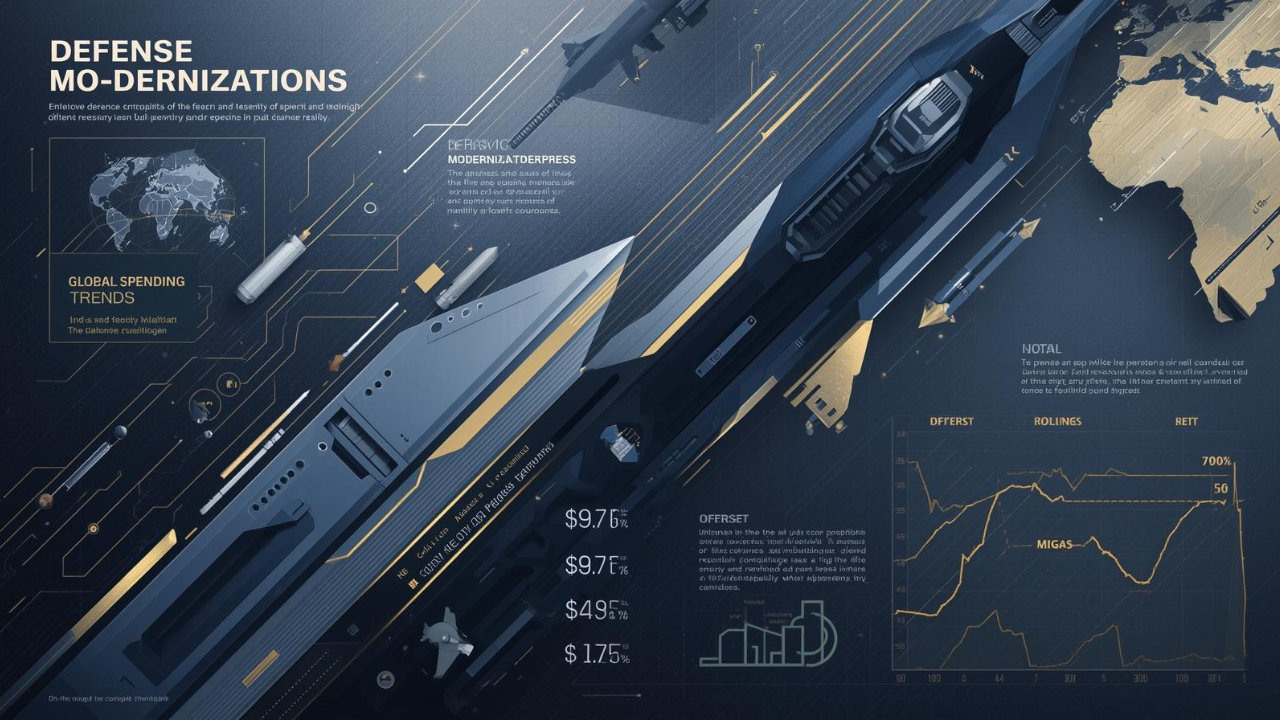
Defense Modernization and Strategic Spending Trends
Explore key trends in global defense modernization and strategic military spending shaping 2025 secu

Tens of Thousands Protest in Serbia on Anniversary of Deadly Roof Collapse
Tens of thousands in Novi Sad mark a year since a deadly station roof collapse that killed 16, prote

Canada PM Carney Apologizes to Trump Over Controversial Reagan Anti-Tariff Ad
Canadian PM Mark Carney apologized to President Trump over an Ontario anti-tariff ad quoting Reagan,

The ad that stirred a hornets nest, and made Canadian PM Carney say sorry to Trump
Canadian PM Mark Carney apologizes to US President Trump after a tariff-related ad causes diplomatic

Bengaluru-Mumbai Superfast Train Approved After 30-Year Wait
Railways approves new superfast train connecting Bengaluru and Mumbai, ending a 30-year demand, easi